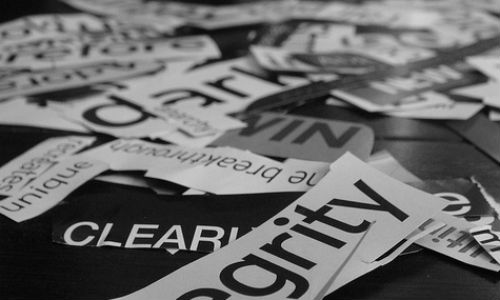Your 500-word assignment has ballooned to 750 words, and there’s no way to shorten it without destroying your carefully crafted prose. If that sounds familiar, you’re not alone. Editing your own copy can be difficult, but there’s no better way to please your editor than to turn in the requested word count. Here are six tips I rely on for tightening my text.
Take a break
Take a physical break between writing the draft and your final polish. If you work at home, go for a jog. If you’re in an office, organize your desk or visit the break room. There’s something invaluable about coming back to your copy with fresh eyes. And once you’re back at your desk, give yourself a good hour to ensure your piece is tight and snappy.
Keep the assignment at hand
Having the assignment at my side ensures I’m completely aligned with what the editor wants. I skim my work carefully to ensure that every subhead, data point and interview remains relevant to that point. If not, I remove anything extraneous or irrelevant and save it for another story.
Save your overflow
In that final push to cut your article down to size, it’s helpful to create a separate document with the assignment name and call it something like, “edited text.” In performing this step, I find I’m much more aggressive as an editor. This works for entire paragraphs as well as redundant sentences. A bulleted list can often help shave copy.
Cut down on quotes
At the same time, I look for opportunities to summarize or paraphrase long-winded quotes. As reporters, we get attached to what people say. But with short word counts, you must select which quote says it best—or, if the specific language isn’t important, if you can rephrase the idea in fewer words. Have faith that less becomes more.
Use links
Rather than offer a lengthy recap of a news story you reference, link to the story itself. Give your readers the core points, then help them navigate to the original source for more depth.
Write a narrative
Years ago, when I started out as a business reporter, I had a huge assignment on the growth of cosmetic surgery for men. I over-reported the piece horribly; every interview felt pivotal and exciting. When my editor handed back the draft, she advised me to remove at least a third of the quotes to avoid the piece reading like a string of quotes strung together. “You’re the expert,” she wrote. “Tell us what you learned.” In your final polish, make sure you’re not just quoting people for the sake of it. Create a cohesive piece by including succinct judgments of your own.
Reporter’s Takeaway
• Ensure your writing and reporting remains aligned to your assignment. This step really helps cut down on unnecessary passages, data and quotes.
• Remove redundancies, repetition; and paraphrase any long-winded quotes. Use links and design techniques like bulleted lists to compress things down to the bones.
• As you strip away unnecessary reporting and words (adjectives, adverbs, prepositions), check that you still have a narrative and that your writing isn’t too quote-heavy. Tell us what you found out.











